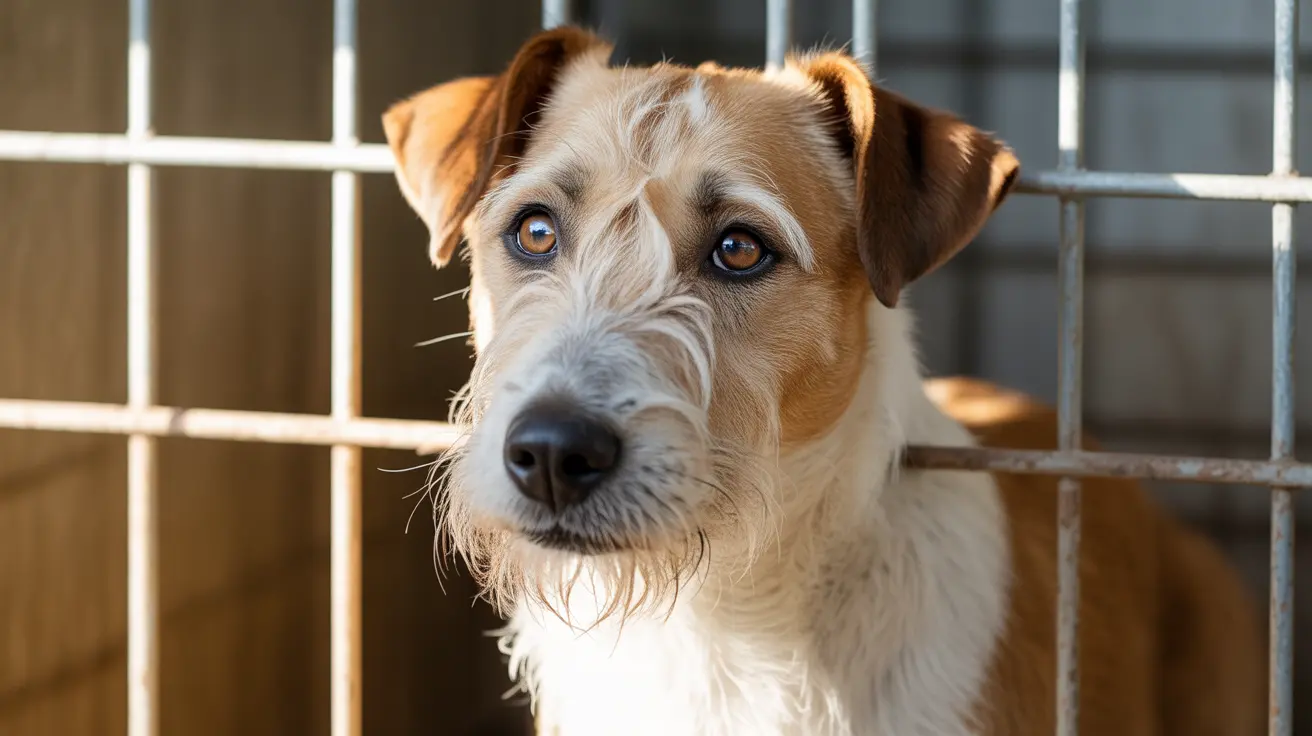Do Dogs Really Love Their Owners? The Science Behind Canine Affection
Dog owners around the world often point to loving licks, wagging tails, and loyal companionship as proof that their pets truly love them. But is this emotional attachment real, or are we projecting human feelings onto our furry friends? Let’s explore the fascinating world of canine affection, supported by scientific research and expert insights.
Understanding Canine Emotions
While dogs cannot express feelings in the same way humans do, studies have shown that they are capable of a wide range of emotions such as joy, fear, anxiety, and affection. These emotional responses are largely driven by the limbic system, a part of the brain present in both humans and dogs.
According to animal behaviorists, dogs form strong social bonds, not just with other dogs, but with humans too. These bonds are evident through behavioral and physiological signs that suggest genuine emotional attachment.
Scientific Evidence of Dog-Human Bonding
- Oxytocin Release: When dogs interact with their trusted humans—through eye contact, petting or cuddles—both the dog and the owner experience a surge of oxytocin. Known as the "love hormone," oxytocin is linked with bonding in both humans and animals.
- Attachment Behavior: Similar to that observed in infants and caregivers, dogs often display secure attachment behaviors. They seek proximity, show distress when separated, and express joy upon reunion.
- Behavioral Studies: In landmark studies, dogs have consistently shown preference for their owners over strangers, even when both parties provide food or treats. This indicates a bond that goes beyond simple reward-based conditioning.
Behavioral Signs Your Dog Loves You
How can you tell if your dog truly loves you? Here are some common signs backed by experts:
- Tail Wagging and Excited Greeting: A wagging tail and enthusiastic behavior when you return home is a clear expression of affection.
- Eye Contact: Dogs that make soft, sustained eye contact are showing trust and love.
- Following You Around: If your dog shadows you from room to room, it's a sign they enjoy your company and want to be close.
- Sleeping Near You: Dogs that choose to sleep in your presence are displaying a high level of comfort and trust.
- Bringing You Toys: Sharing their favorite toy is your dog’s way of showing affection and offering what they value.
Why the Human-Dog Relationship is Unique
Dogs have evolved alongside humans for thousands of years, selectively bred to enhance their sociability and responsiveness to people. This interspecies co-evolution has led to an unparalleled emotional connection between dogs and humans.
Unlike many other domesticated animals, dogs have developed the ability to understand and respond to human gestures, emotions, and commands. They can read facial expressions, follow pointing, and even detect mood changes in their owners.
The Role of Training and Environment
While genetics play a significant role, the environment a dog is raised in greatly impacts their capacity for emotional bonding. Dogs that are socialized from an early age, treated kindly, and live in stable environments are more likely to express affection toward their owners.
Positive reinforcement training further strengthens the bond. When a dog is trained using rewards and praise, they associate their owner with positive experiences—deepening emotional attachment.
Misinterpreted Behaviors
It’s important to note that not all attention-seeking or clingy behavior is rooted in love. Sometimes, dogs may act overly needy due to separation anxiety or fear. Understanding the context and consulting a vet or behaviorist can help clarify your dog's emotional state.
Conclusion: Dogs Do Love Their Humans
Scientific research and behavioral observation strongly support the idea that dogs can feel and express love for their owners. These loyal companions form deep emotional bonds that go beyond mere dependency. Recognizing and nurturing this connection can bring immense joy and well-being to both dogs and their humans.
So next time your dog curls up beside you or gazes lovingly into your eyes, know that it’s more than just instinct—it’s love, in its most loyal form.





